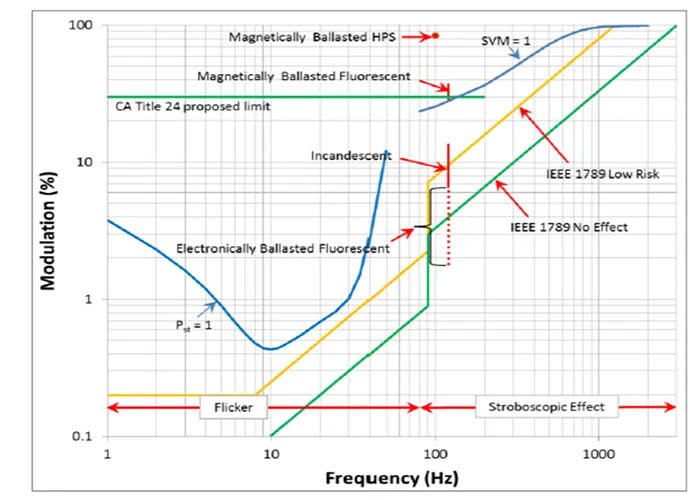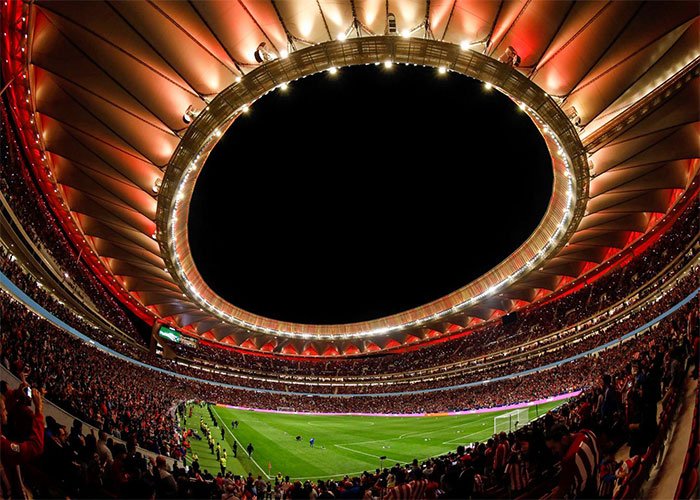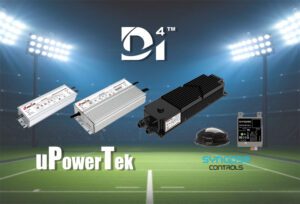When designing LED drivers for stadium lights that need to implement the quick flashing effect, there are several considerations that need to be taken into account. Here are some of the key factors to consider:
1.Driver capacity:
Stadium lights are high-power luminaires that require drivers with high wattage capacity to supply sufficient power to the LEDs. When implementing the quick flashing effect, the driver must have enough capacity to support the increased demand for power that is required to create the flashing effect. The driver must be designed to handle the increased peak currents that occur during flashing, and the electrical components must be carefully selected to ensure they can withstand the increased stress and heat generated during operation.

2.PWM frequency:
Pulse Width Modulation (PWM) is a common technique used to control the brightness of LEDs in high-power luminaires such as stadium lights. When implementing the quick flashing effect, the PWM frequency needs to be carefully selected to ensure that the flashing effect is smooth and consistent. If the frequency is too low, the flashing may appear choppy or flickering, which can be uncomfortable for viewers. If the frequency is too high, the driver may not be able to handle the increased current demands, and the LEDs may overheat or become damaged. The suggested frequency is higher than 1.25kHz according to IEEE 1789 flicker recommended practice.

3.Thermal management:
When implementing the quick flashing effect, the LEDs in the stadium lights will be subjected to increased stress and heat due to the high current demands. The driver must be designed with proper thermal management to ensure that the LEDs are kept cool and that the driver can handle the increased heat generated during operation. This may involve using heat sinks, fans, or other cooling mechanisms to dissipate heat from the driver and the LEDs.
4.Control mechanism:
The quick flashing effect requires precise control over the on/off cycle of the LEDs. The driver must be designed with a reliable control mechanism, such as a microcontroller, that can accurately and consistently control the flashing effect. The control mechanism must be able to synchronize with other stadium lights in the system, ensuring that the flashing effect is uniform across all fixtures.

In conclusion, when designing LED drivers for stadium lights that need to implement the quick flashing effect, several factors need to be considered. These include driver capacity, PWM frequency, thermal management, and control mechanism. By carefully designing the driver to handle the increased current demands and heat generated during the flashing effect, while also ensuring precise control over the on/off cycle of the LEDs, designers can create reliable and effective LED drivers that can achieve the desired quick flashing effect for stadium lights.





